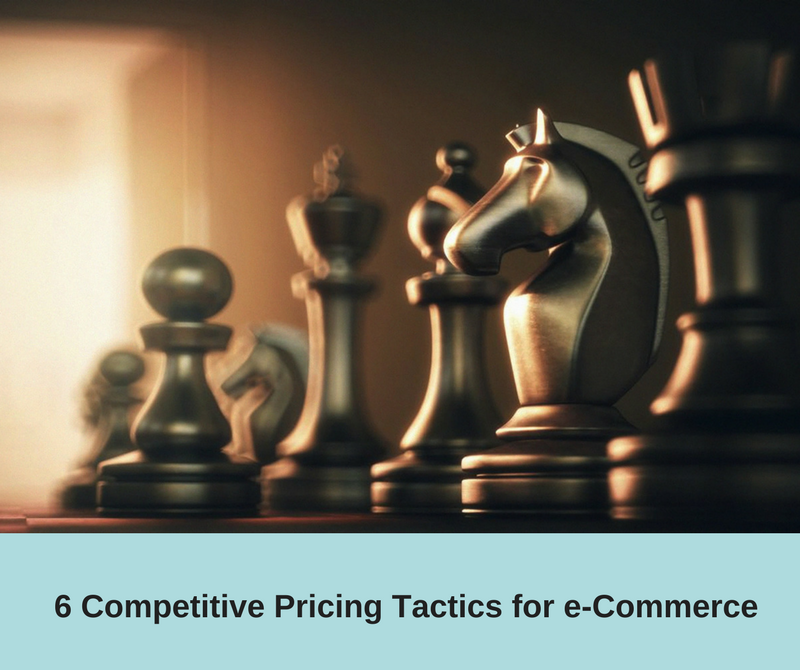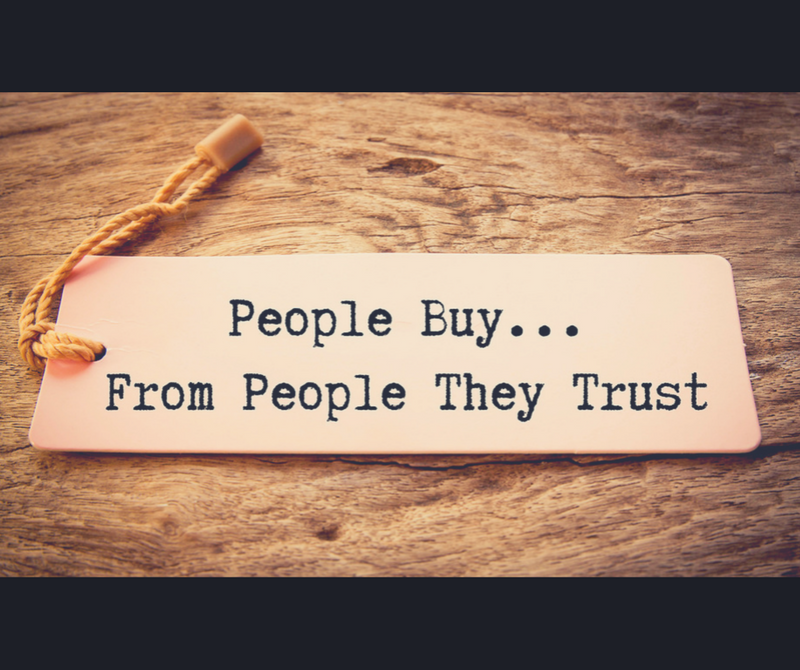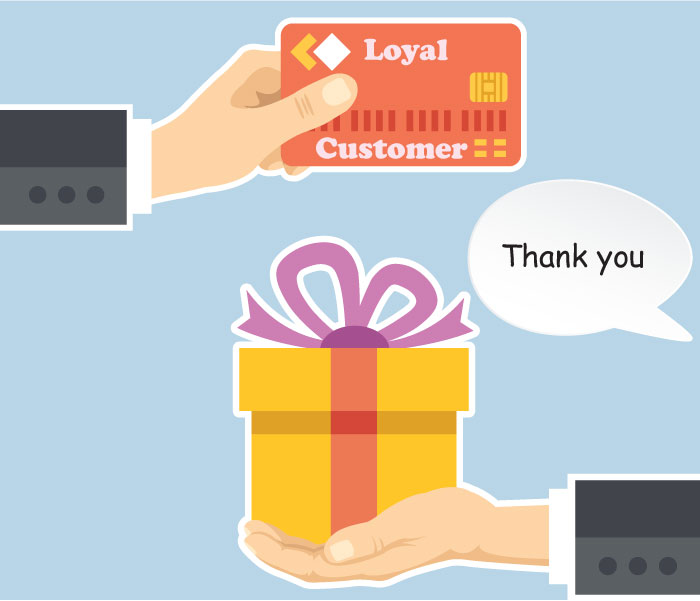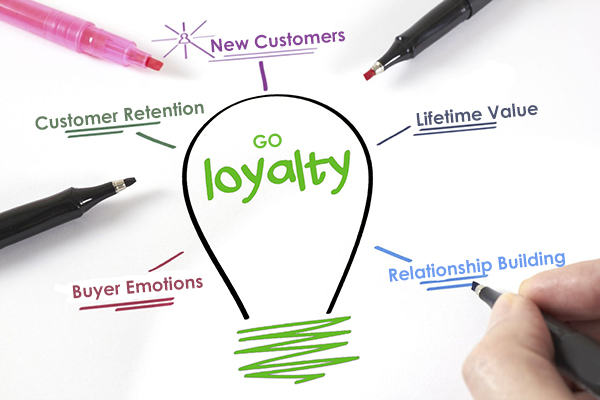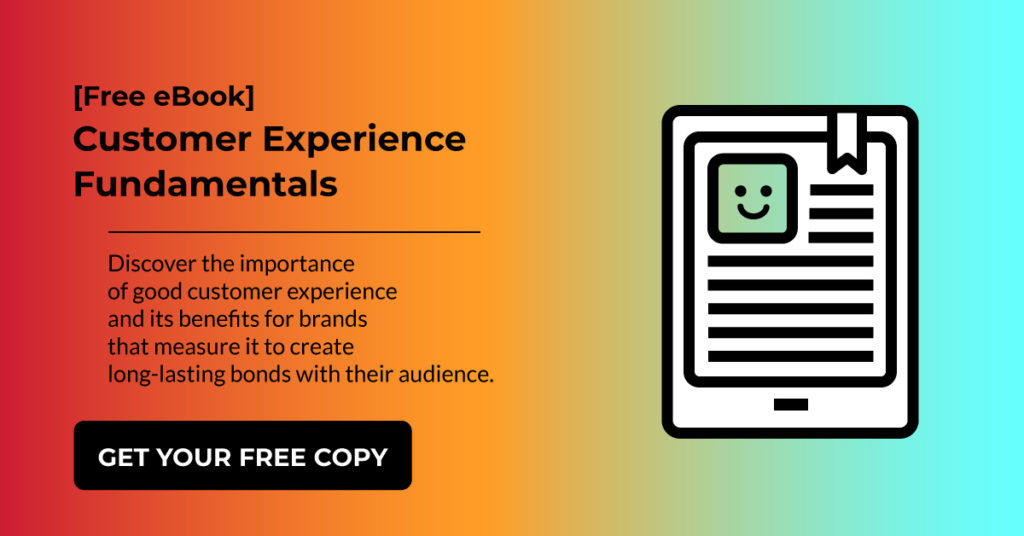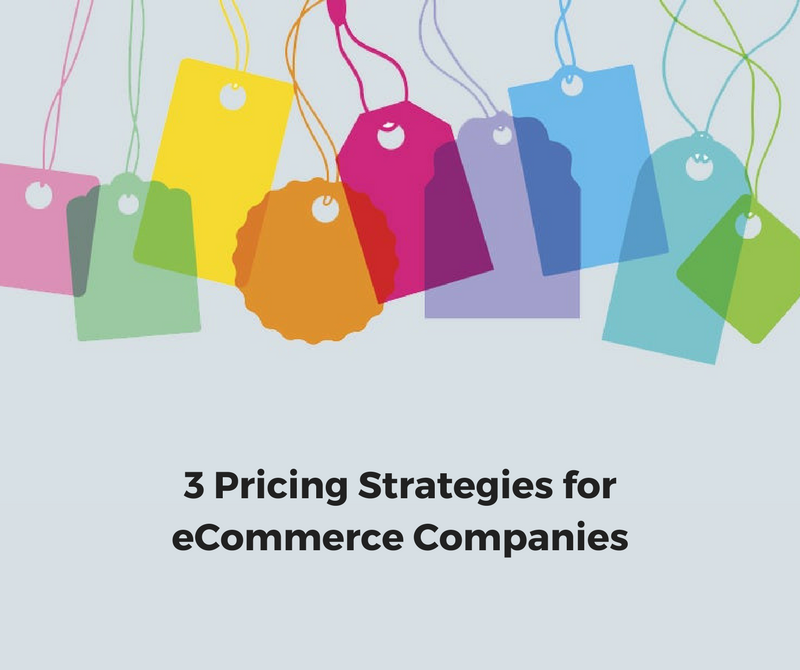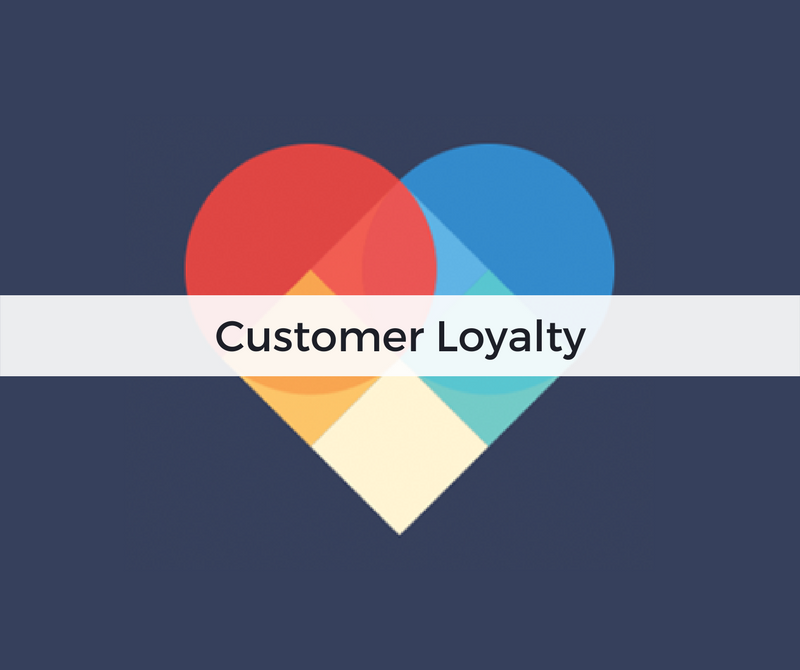Competitive e-commerce pricing is not based only on undercutting competitor prices and price-matching. If you are confident with using intelligence technology and approach your competitors in an analytical and organized way, you have a great chance of outperforming them.
Below you will find 6 wonderful strategies that can help you leave competition far behind by acting fast and using competitor price monitoring technologies.
1. Stay competitive & profitable
If all your efforts are focused only on the competition and you ignore production costs, your e-Business has a great probability to fail. Costs of production and competitive pricing are contradictory forces for any company in the e-Commerce world. However, product prices are highly related on both factors.
To be profitable, an e-Commerce company should be very careful about costs especially when attempting to adjust its prices with the ones of the competition. Rather than trying to cut into pieces the prices of the competition, it would be wise to take a look at your own costs and how you may reduce them to achieve long-term competitiveness in your industry.
If you have uncompetitive prices, the solution is not to just lower them, but to cut costs of your supply chain. When lowering your costs, then it is easier to lower your prices and offer special discounts as part of your commercial and pricing policy.
2. Don’t undervalue your products and actively identify price to get new opportunities
For many e-Businesses low prices in comparison to the ones of the competition, is not enough for being competitive in today’s market. Low prices can bring to your business the attention of shoppers and some of them will be eventually converted into customers. However, we recommend not to go too low with your prices.
You should aim to pricing your products at the maximum of the minimum. What does this mean? It means that your prices should be a bit below than the prices of the second cheapest competitor of yours. The slight increase in the price will not be of great importance to online shoppers and shopping comparison engines. Nonetheless, this strategy will increase your company’s profit margins at no costs.
3. Analyze category and brand level pricing strategies of your competitor
Usually, e-Commerce prices are based on brand or category level decisions because of certain factors such as supplier deals valid for specific brands and budgeting operations of the e-Business. Nevertheless, focus is given only on micro-managing product prices and product price monitoring of the competitor.
The solution here is to use the right technology to gather information about the category and brand level pricing of your competitors. A method that could be used is aggregation. This means that product groups of a specific category or brand are created and then the overall price performance is calculated for every e-Business separately.
An index value for the aggregated level for a specific brand or category, will provide your e-Business with detailed insights about the price-related performance of particular brands and categories. The above will give your e-Business the opportunity to discover the advantages and disadvantages of various competitors in respect to brands and categories.
After careful analysis, you will be able to adjust your price level on the basis of comparative results of overall brand and category management strategies and not in speculations.
4. Examine historical pricing trends of your competition and find out insights about their sales such as weekend discounts and flash sales
Shopping can be viewed for online consumers as a matter of the present moment. This cannot be legitimate for pricing.
In more detail, most of the e-Businesses have discount pricing strategies that focus on time-based tactics. For example, some companies are famous for their weekend sales, while others have a strong base of loyal customers bound to the late-night flash sales.
When knowing the trends that your competitors follow, you may react and actively compete them. Never forget that being competitive in such manner is equally important as offering competitive products. The reason behind this statement is that campaigns and trends are not only a matter of offering a discount. Their real and most valuable purpose is to create a loyal base of customers. Therefore, you should always track actual prices and the historical trends that your competitors follow.
5. Observe at out-of-stock products of your competitors
Prices are important to both consumers and e-Business. However, prices are not more important than product availability is. Online shoppers will not consider a product, no matter its competitive price, if it is not available.
In this case, the consumer will most likely look for a similar product at some other e-place. Unavailable products are very much alike to expensive ones that are not of interest to a specific target group.
If you know the out-of-stock products of your competition you create a great pricing opportunity for your e-Business. When your competitors are out-of-stock for a product with a tight margin, online shoppers will be willing to pay more to buy what they are seeking for. Thus, if your company has available stock for this specific product you automatically gain a competitive advantage.
6. Use data to negotiate better deals with suppliers
Data is useful for every business. no matter its size and industry, and is a powerful weapon in business negotiation, as it gives you the advantage of presenting an objective argument. Reliable data cannot be challenged, and suppliers know it.
Without having data in your hands, you are basically complaining to suppliers about the prices competitors receive. Hard evidence presented in a structured way about a supplier-affected disadvantage of your competitors can change the situation upside down.
Also, with the correct data you may identify the relationship between your competitors and suppliers. After that, you will be confident to ask and negotiate for the best deal for your e-Business.
Conclusion
Competitive pricing intelligence is a multi-dimensional analysis that goes beyond simply monitoring product services and comparing them with the competition. This type of monitoring can provide a profit boost to your e-Business and an increase in sales. However, your potentials do not stop here. If you carry out the above tactics, you will soon find your e-Business to surpass competitors in the contemporary highly competitive e-Commerce market.
Original Article Written by Prisync!
